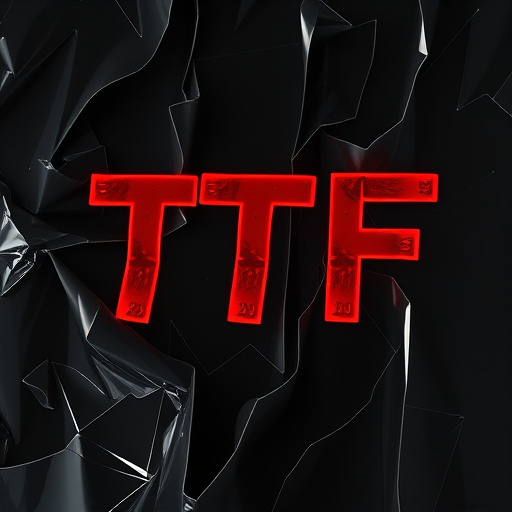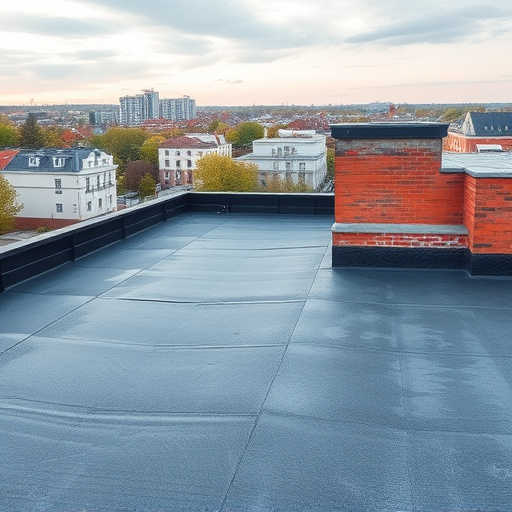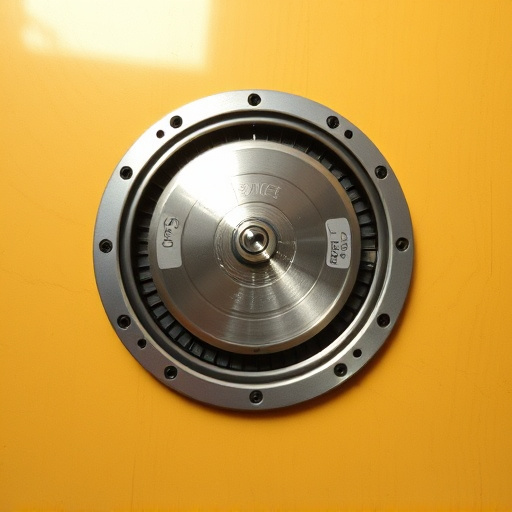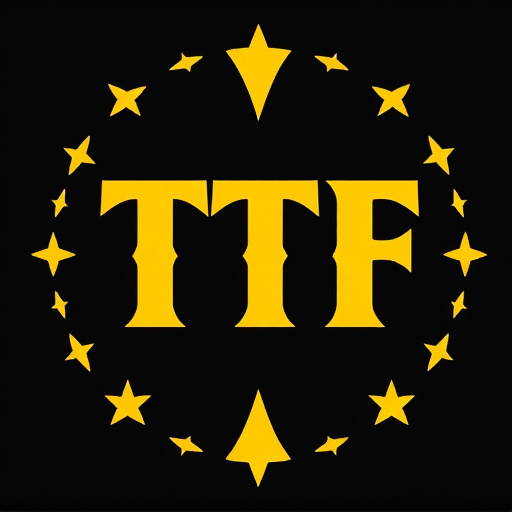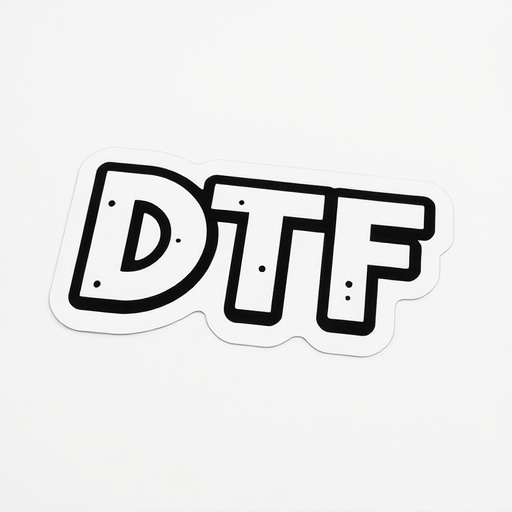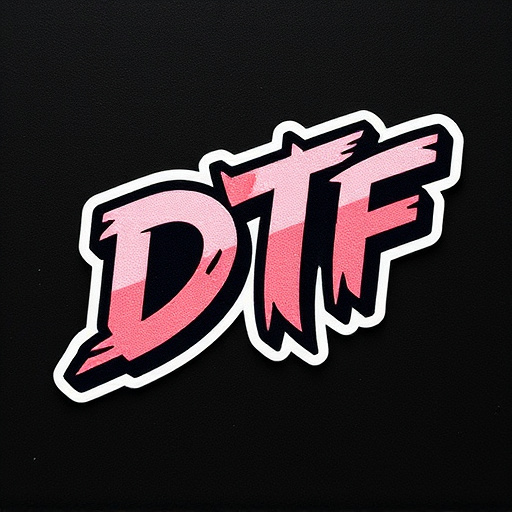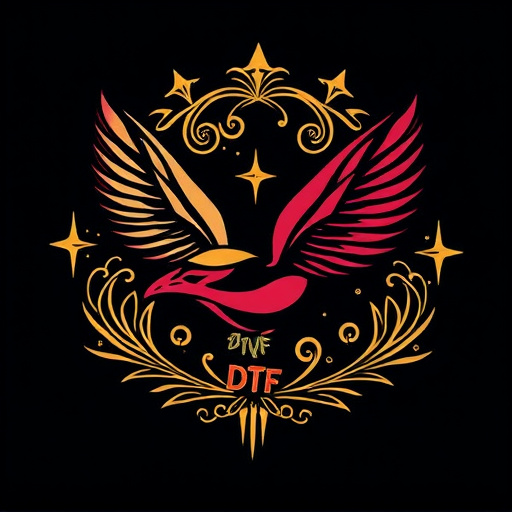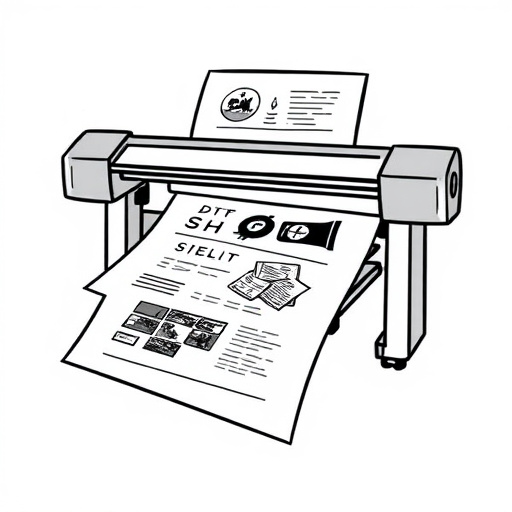The DTF Transfer Film has evolved from a niche technology to a versatile, cost-effective solution for modern printing needs. Originating in the printing industry, its advancements in inkjet printing and heat press machines led to precise, intricate designs. The early 2000s saw widespread adoption across industries like apparel and signage due to improved digital printing capabilities. Today, DTF Transfer Film continues to revolutionize printing with faster production times, enhanced quality, and greater accessibility, solidifying its position as a go-to solution for custom merchandise and on-demand printing.
“Unraveling the Evolution of DTF Transfer Films: An Industry Insight
DTF transfer film technology has come a long way since its inception, transforming various sectors with its versatility. This article delves into the rich history and growth trajectory of DTF films, highlighting key milestones that shaped their market demand. We explore groundbreaking innovations, from advanced production techniques to sustainable practices, that are paving the way for future applications.
Leading industry experts share their insights on the upcoming trends, challenges, and opportunities in DTF film evolution, offering valuable predictions for businesses and consumers alike.”
- The History and Growth of DTF Transfer Film Technology
- – Brief overview of DTF film origins and its evolution over time
- – Key milestones in the development of the technology
The History and Growth of DTF Transfer Film Technology
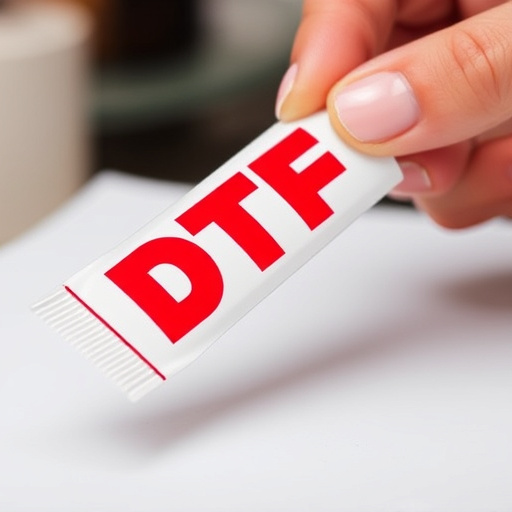
The journey of DTF Transfer Film began as a niche technology within the printing industry. Over time, driven by advancements in inkjet printing and heat press machines, it evolved into a powerful tool for creating vibrant designs on various materials. The early 2000s marked a turning point when digital printing capabilities improved, enabling more precise and intricate DTF heat transfers. This evolution sparked its widespread adoption across industries, from apparel to signage.
As the demand for custom-printed merchandise and promotional items soared, DTF Transfer Film technology became increasingly cost-effective. Its versatility allowed businesses to offer a wide array of vibrant designs on textiles, plastics, and other surfaces. Today, this innovative process continues to revolutionize printing by providing faster production times, enhanced quality, and greater accessibility, solidifying its place as a go-to solution for modern printing needs.
– Brief overview of DTF film origins and its evolution over time
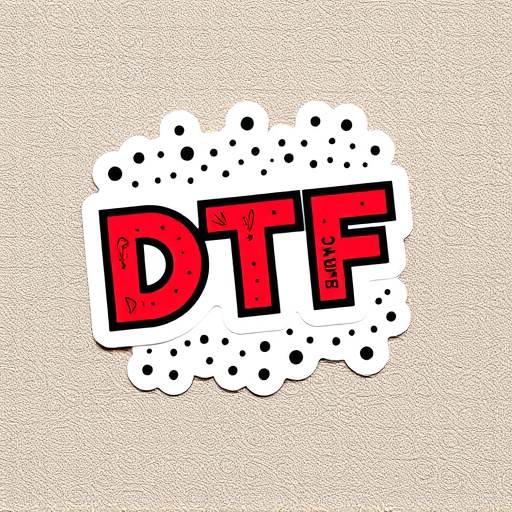
The DTF Transfer Film, short for Direct to Film, has a rich history dating back several decades. It emerged as a groundbreaking innovation in the printing industry, transforming how images are transferred to various surfaces. Originally developed to streamline and enhance the screen printing process, DTF film quickly gained recognition for its ability to produce high-quality, durable prints on demand.
Over time, this technology has evolved significantly. Early versions focused on improving print precision and color accuracy. Today, advancements in materials science have led to more robust films capable of withstanding harsh environmental conditions. The market now offers a wide array of DTF printing services, catering to diverse applications from signage and graphics to apparel and promotional items. Moreover, the dtf printing process has become more efficient, enabling faster production times and cost-effective solutions for businesses seeking high-quality, long-lasting prints.
– Key milestones in the development of the technology
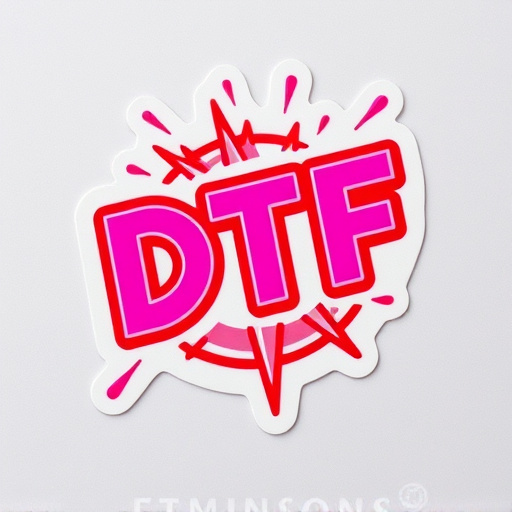
The development of DTF Transfer Film has been a journey marked by significant milestones, each pushing the boundaries of what’s possible in garment printing. The technology emerged from the need for more efficient and high-quality printing solutions, particularly in the apparel industry. Early innovations focused on improving the precision and durability of ink transfer, leading to the creation of the first commercial DTF printers. These early models laid the foundation for faster production times and better image clarity.
Over time, advancements in material science and printing techniques have refined DTF Transfer Film. Modern iterations offer enhanced color vibrancy, improved opacity, and increased resistance to fading, making them suitable for a wide array of applications, from custom apparel to promotional merchandise. The integration of digital printing technologies has further streamlined the process, allowing for on-demand production and highly customizable designs. This evolution continues with developers exploring new ink formulations and printing techniques, such as variable data printing, promising even greater efficiency and versatility in the realm of DTF garment printing and beyond.
As we’ve explored, DTF transfer film technology has undergone a remarkable evolution, driven by advancements in materials science and digital printing. From its humble beginnings as a specialized process, DTF has grown into a versatile and widely adopted method for mass-producing high-quality, intricate designs on various substrates. With continuous innovations on the horizon, the future of DTF transfer film promises even greater efficiency, sustainability, and creative possibilities for businesses and designers alike.
